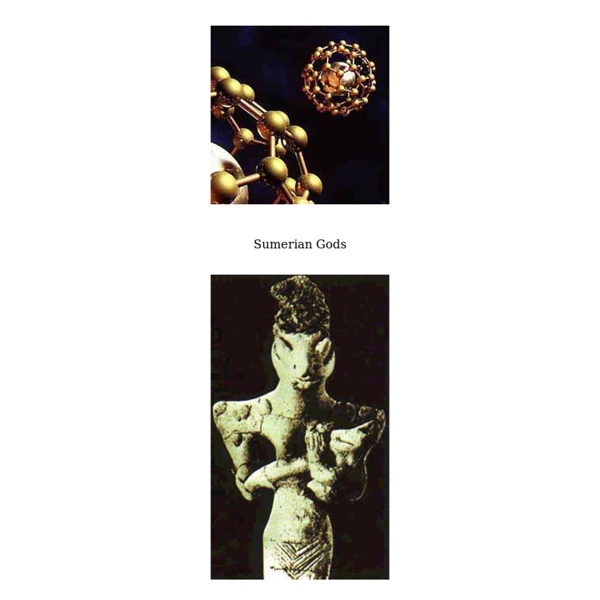Sumerian Gods and Goddesses

There Were Giants Upon the Earth
The following is excerpted from There Were Giants Upon the Earth: Gods, Demigods, and Human Ancestry: The Evidence of Alien DNA, available from Bear and Company. If you would like to learn more about this book or buy a copy, please do so here. Introduction And It Came to Pass And it came to pass, When men began to multiply on the face of the Earth and daughters were born unto them, that the sons of God saw the daughters of men that they were fair, and they took them wives of all which they chose. There were giants upon the Earth in those days and also thereafter too, When the sons of God came in unto the daughters of men and they bare children to them- the same Mighty Men of old, Men of Renown. The reader, if familiar with the King James English version of the Bible, will recognize these verses in chapter 6 of Genesis as the preamble to the story of the Deluge, the Great Flood in which Noah, huddled in an ark, was saved to repopulate the Earth. The schoolboy was I. Sumer: Where Civilization Began
List of mythologies
This is a list of mythologies of the world, by culture and region. Mythologies by region[edit] Africa[edit] Central Africa[edit] East Africa[edit] Horn of Africa[edit] Somali mythology North Africa[edit] West Africa[edit] Southern Africa[edit] Arctic[edit] overlaps with North Asia, Northern Europe and North America. Asia[edit] Southwestern Asia[edit] Middle East, Persia, Anatolia, Caucasus. Ancient Medieval to Modern South Asia[edit] East Asia[edit] Southeast Asia[edit] Central and Northern Asia[edit] (overlaps with Eastern and Northern Europe) Australia and Oceania[edit] Europe[edit] Classical Antiquity[edit] Northern Europe[edit] Eastern Europe[edit] Southern Europe[edit] Western Europe[edit] North Caucasus[edit] Nart saga (Covers Abazin, Abkhaz, Circassian, Ossetian, Karachay-Balkar and Chechen-Ingush mythologies)Ossetian mythologyVainakh mythology (Covers Chechen and Ingush mythology) South Caucasus/Transcaucasia[edit] British Isles[edit] Americas[edit] Mesoamerica[edit] Caribbean[edit] Haitian mythology Bronze Age
A Book of Creatures | A Complete Guide to Entities of Myth, Legend, and Folklore
Related:
Related:



